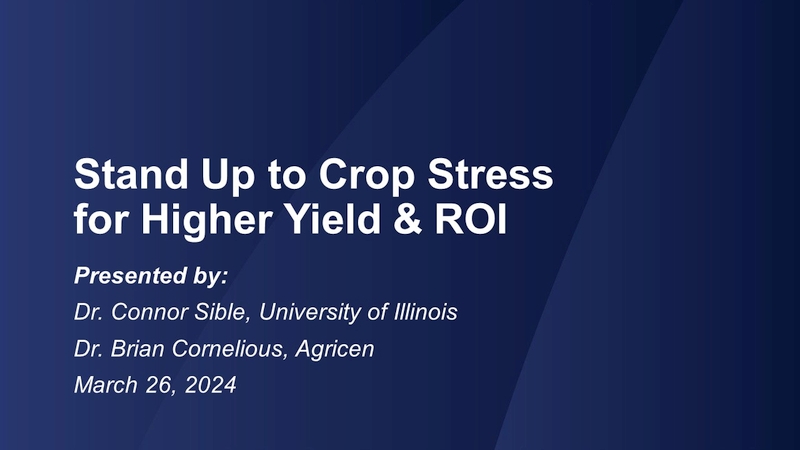Crop Protection Outlook: Prices Ready To Rebound
After suffering from all the market downturns that affected the U.S. and world agricultural markets, 2009 is now behind us and for those still standing, it is not too soon. No two years could have been more diverse than 2008 and 2009. It has cultured an atmosphere of extreme conservatism in the grower and caused the retailers to re-evaluate inventory levels that would normally be increasing this time of year.
Because of our high percentage of biotech crops, glyphosate is the single largest product used. With the average price down from a high in 2008 of $35 per gallon for generic to $8 per gallon, millions of dollars evaporated from the market. The fertilizer market followed the same path with much lower prices.
A Better Outlook
As we go into 2010, the market seems to have stabilized somewhat, and predictions are for a more normal year. In agriculture, that is always a prediction made with your fingers crossed, as weather and commodity prices can change overnight. Glyphosate prices seem to have bottomed and could rise to moderate levels but are not expected to reach 2008 levels. Inventory levels of glyphosate in the U.S. are at levels sufficient for most of the 2010 season, so distributors are not buying. Fertilizer supply is becoming very short, so prices are moving up. Farmers who did not apply phosphorus and potassium trying to cut inputs in 2009 will find themselves paying more to make up the deficient. Many distributors are now scrambling to contract fertilizer for next year.
Crop planting intentions have yet to settle into a concrete picture. With winter wheat acres down from last year, the opportunity for more corn and fewer soybeans is probable. Because of the low prices for cotton, there will again be a reduction in planted acres, below that of 2009. Rice acres should increase substantially with movement to short-grain varieties in the South replacing the cotton.
It is the opinion of most of the industry that 2010 will not be an easy year, but should be much more manageable than 2009. Cost control, credit management, and a focus on helping the grower improve his return on investment should assure 2010 is a profitable year for all.





